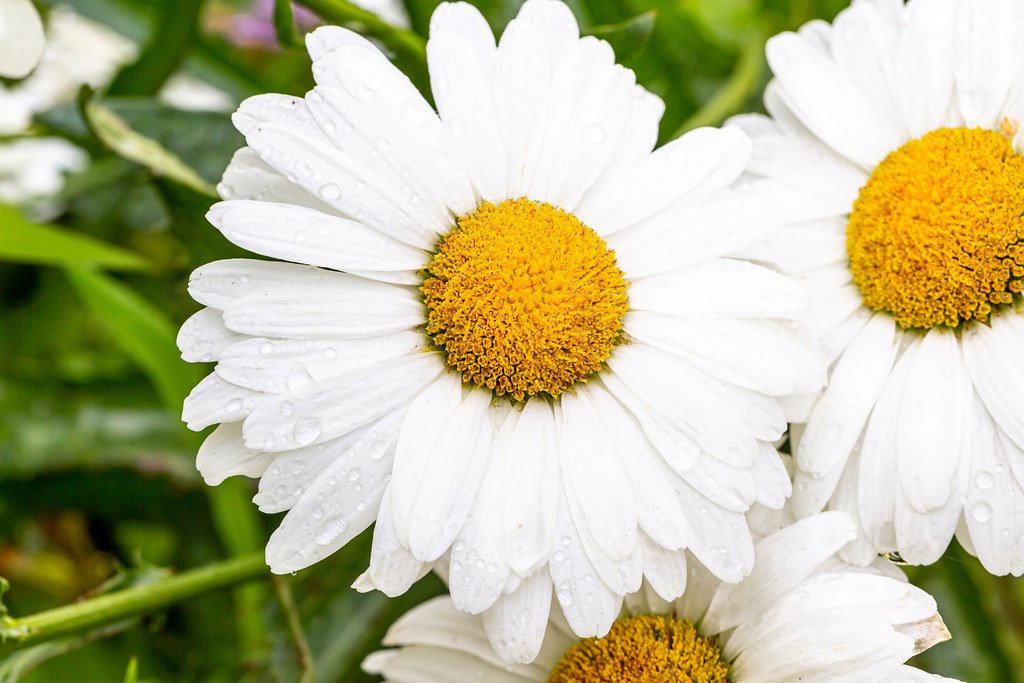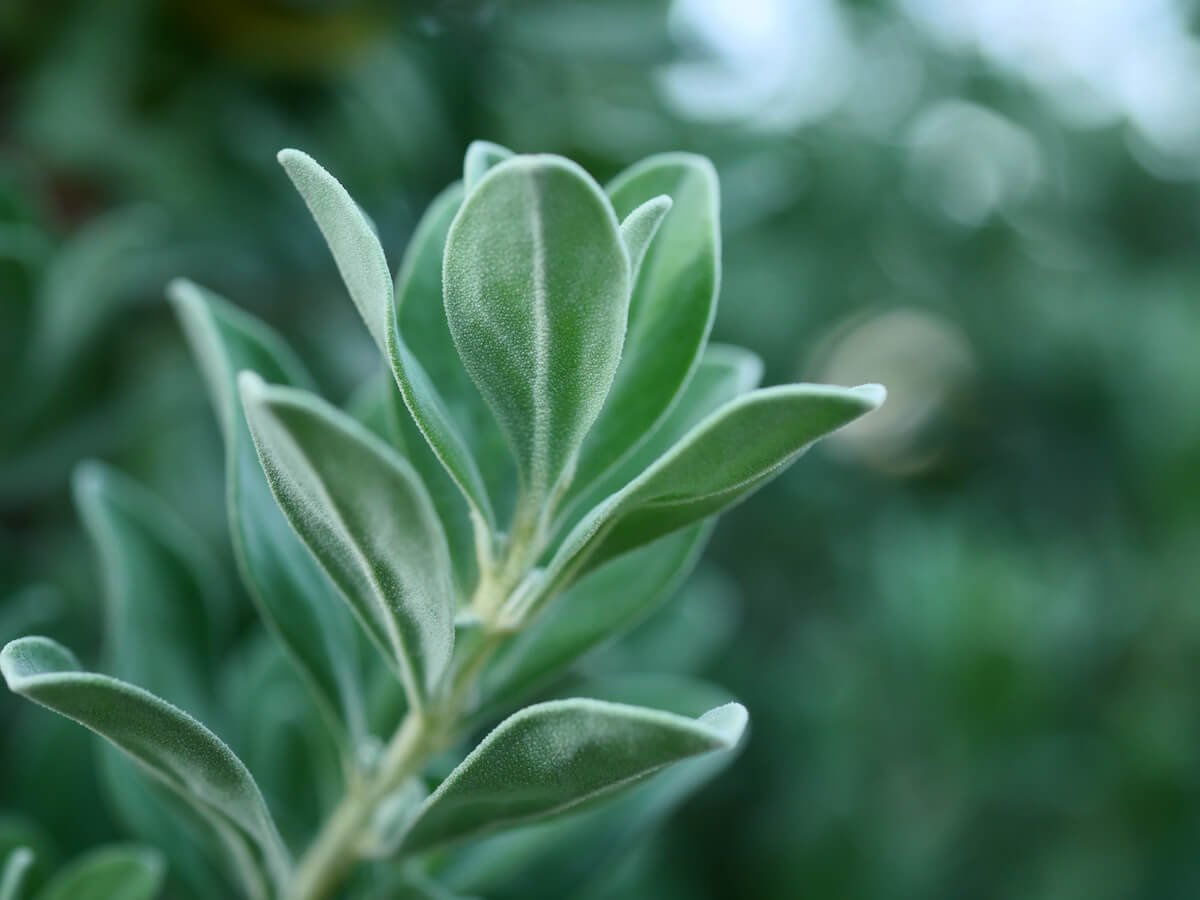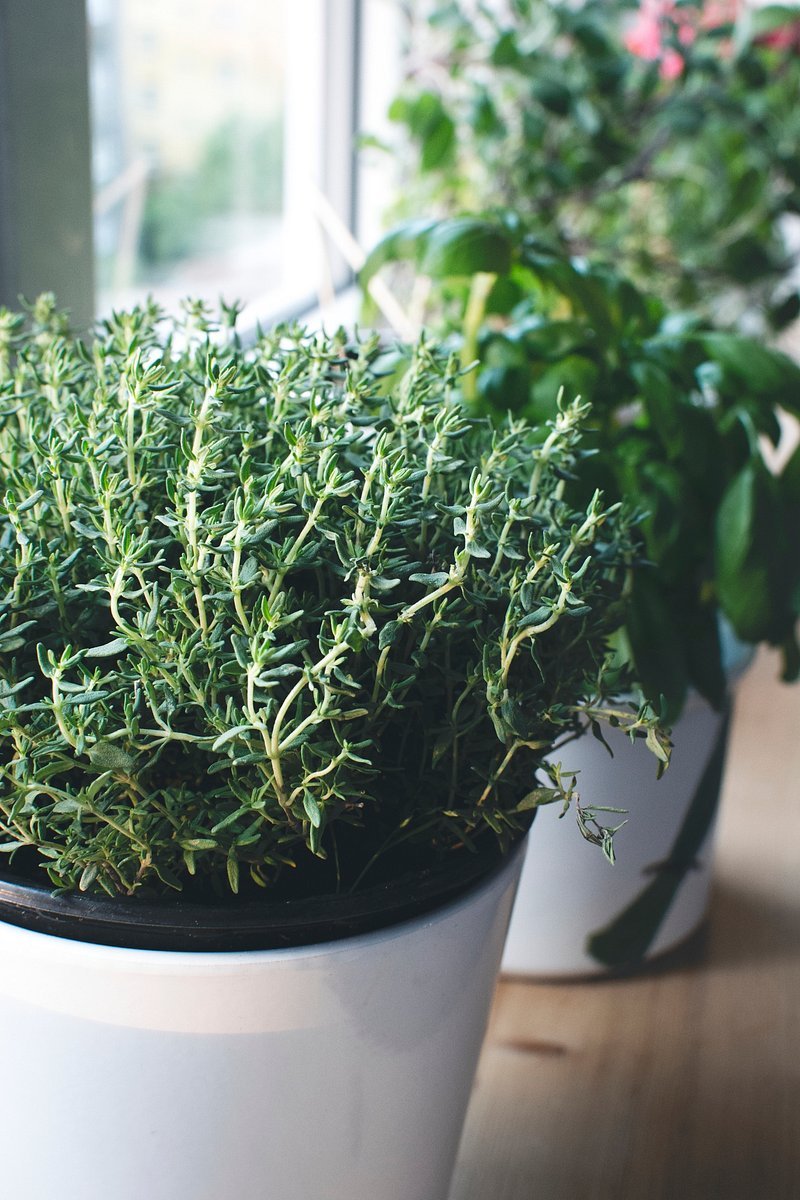Key Takeaways
- Discover how to cultivate 10 healing herbs right in your backyard.
- Learn the unique medicinal properties of each herb and how they can benefit your health.
- Get practical tips on planting, growing, and harvesting these natural remedies.
- Understand the importance of safe herbal practices and when to seek professional advice.
- Access a quick FAQ section to answer common questions about growing medicinal herbs.
Transform Your Yard into a Healing Haven
Imagine stepping outside into your garden and being surrounded by a treasure trove of natural healing agents. That’s exactly what you can achieve by cultivating a backyard pharmacy. Not only does it provide a peaceful sanctuary, but it also empowers you to take charge of your family’s health in the most organic way possible.
Quick Access to Natural Remedies
Most importantly, having medicinal herbs at your fingertips means quick access to natural remedies. Whether it’s a soothing tea for a sore throat or a calming salve for a skin irritation, your backyard pharmacy is a resource that grows right along with your plants.
Advantages of Home-Grown Medicinal Herbs
Home-grown herbs are fresher, more potent, and free from the pesticides and chemicals often found in store-bought varieties. Besides that, the process of tending to your plants is therapeutic in itself, nurturing both body and mind.
A Guide to Selecting Your Medicinal Herbs
When choosing which herbs to grow, consider what ailments you commonly face and what remedies could be most beneficial. Here’s a curated list of ten must-have medicinal herbs that are simple to grow and packed with health benefits.
1. Calendula: Nature’s Skin Care
Calendula, with its vibrant orange petals, is not only a beautiful addition to your garden but a powerful ally for skin health. Known for its anti-inflammatory properties, it’s a go-to for healing wounds, rashes, and burns.
Calming Calendula – Uses and Benefits
Calendula is incredibly versatile. It can be used to make:
- Healing salves
- Calming teas
- Skin-soothing oils
Moreover, it’s gentle enough for use on all skin types, including sensitive baby skin.
Growing Tips for a Healthy Calendula Plant
Calendula thrives in full sun and well-draining soil. To ensure a bountiful supply:
- Plant seeds in early spring, after the last frost.
- Water regularly, but be careful not to overwater.
- Deadhead spent flowers to encourage continuous blooming.
2. Chamomile: More Than Just a Relaxing Tea
“Chamomile flowers with drops of water …” from www.flickr.com and used with no modifications.
Chamomile is renowned for its calming effects, making it a staple for anyone seeking a natural way to unwind or induce sleep. Its gentle apple-like fragrance is an added bonus, bringing a soothing aroma to your garden space.
Soothing Chamomile – Healing Properties
With anti-inflammatory and antispasmodic properties, chamomile is excellent for:
- Reducing menstrual pain
- Alleviating insomnia
- Calming an upset stomach
It’s a herb that truly embodies the phrase ‘a cup of calm’.
Cultivating Chamomile in Your Backyard
Chamomile is easy to grow and does well in a variety of conditions. For a thriving chamomile plant:
- Choose a sunny spot with well-drained soil.
- Sow seeds directly into the ground in spring or start them indoors.
- Water regularly, but don’t let the soil become waterlogged.
3. Peppermint: Aromatic Digestive Aid
“Mints (Mentha) Flower, Leaf, Care, Uses …” from www.picturethisai.com and used with no modifications.
Peppermint isn’t just for freshening breath; it’s a digestive powerhouse. Its cooling effect can soothe an upset stomach, and the aromatic leaves can be used in a multitude of recipes.
Peppermint and Its Digestive Benefits
Peppermint is especially helpful for:
- Easing digestion
- Relieving symptoms of IBS
- Reducing nausea and headaches
Plus, it’s a delightful addition to both sweet and savory dishes.
Tips for Growing Lush Peppermint
Peppermint is a vigorous grower, so it’s best to contain it to prevent it from taking over your garden. Here’s how to keep it in check:
- Plant in a pot or a designated area with barriers.
- It prefers partial shade but can tolerate full sun.
- Keep the soil moist, as peppermint loves water.
Lavender’s Relaxing Effects on the Body and Mind
Lavender is a true gem in the world of medicinal herbs, beloved for its ability to reduce stress and promote a sense of peace. With just a whiff of its fragrant flowers, lavender can help alleviate anxiety, improve sleep, and even offer mild pain relief.
Guidelines for Cultivating Lavender
For those looking to grow lavender, it’s important to know that this herb loves the sun and thrives in well-drained soil. To grow healthy lavender plants:
- Choose a sunny spot – lavender needs at least 6 hours of sunlight per day.
- Plant in loose, gravelly soil with good drainage to prevent root rot.
- Water plants deeply but infrequently, allowing the soil to dry out between watering.
5. Lemon Balm: The Calming Herb
“File:Zitronenmelisse.JPG – Wikimedia …” from commons.wikipedia.org and used with no modifications.
Lemon balm, with its citrus-scented leaves, is a wonderful herb for those looking to soothe nerves and boost mood. It’s been used for centuries to help with anxiety, sleep disorders, and even digestive issues.
Identifying and Utilizing Lemon Balm
Lemon balm is easily identified by its lemony scent and oval-shaped, toothed leaves. It’s fantastic for:
- Making a relaxing tea to help with sleep.
- Adding to dishes for a hint of lemon flavor without the acidity.
- Creating natural bug repellents due to its high citronellal content.
Propagating Lemon Balm for Your Garden
Lemon balm can be grown from seeds, cuttings, or division. To ensure a healthy plant:
- Start seeds indoors in early spring or sow directly into the garden after the last frost.
- Choose a spot with partial shade, as lemon balm can get overwhelmed by too much sun.
- Keep the soil consistently moist, especially during hot, dry periods.
6. Echinacea: Your Cold and Flu Companion
“echinacea purpurea, purple coneflower …” from pxhere.com and used with no modifications.
Echinacea is a powerhouse when it comes to boosting the immune system and fighting off colds and flu. Its beautiful, cone-shaped flowers aren’t just a delight for the eyes; they’re also a staple in herbal medicine cabinets.
Immune-Boosting Power of Echinacea
Studies have shown that echinacea can help reduce the duration and severity of cold symptoms. It’s beneficial for:
- Stimulating the immune system.
- Reducing inflammation.
- Healing skin issues when used topically.
Planting and Caring for Echinacea
Echinacea is quite hardy and can tolerate a range of conditions. To grow echinacea:
- Plant in a sunny spot with well-drained soil.
- Water thoroughly, but allow the soil to dry out between watering to prevent rot.
- Deadhead flowers to encourage more blooms, or leave the seed heads to attract birds.
7. Feverfew: A Natural Headache Reliever
“Feverfew (Tanacetum parthenium) Flower …” from www.picturethisai.com and used with no modifications.
Feverfew, as its name suggests, has been traditionally used to treat fevers, but it’s most famous for its ability to alleviate migraines. Its daisy-like flowers are not only charming but also a potent medicinal ally.
Understanding Feverfew’s Pain-Relieving Potentials
Feverfew contains compounds that help in reducing inflammation and controlling blood vessel constriction, both of which can contribute to headaches. It’s also used for:
- Relieving arthritis pain.
- Reducing the frequency of migraine attacks.
- Serving as an anti-inflammatory agent.
Gardening Tips for Effective Feverfew Plants
Feverfew is a hardy perennial that can easily be grown from seeds or seedlings. To cultivate feverfew:
- Plant in well-drained soil and full sun to partial shade.
- Water regularly, but do not overwater, as feverfew is drought-tolerant once established.
- Harvest leaves as needed, preferably before the plant flowers for the best medicinal quality.
8. Sage: Memory and Wisdom in a Leaf
“Growing Sage Plants: Care, Tips & More …” from kellogggarden.com and used with no modifications.
Sage isn’t just for cooking; it’s been revered for its medicinal properties for centuries. Known for its ability to enhance memory and cognitive function, sage is a must-have in any herbal garden.
Cognitive Benefits of Sage
Research suggests that sage can improve brain function and memory, making it a valuable herb for:
- Enhancing cognitive performance.
- Alleviating symptoms of menopause.
- Reducing blood sugar levels.
Growing Sage that Thrives
Sage is a perennial herb that prefers a sunny location and well-drained soil. To cultivate sage:
- Plant in a spot that receives full sun for the majority of the day.
- Water plants sparingly, as sage is drought-tolerant and prone to root rot if overwatered.
- Prune regularly to encourage new growth and prevent woody stems.
9. Thyme: Potent Antiseptic Qualities
“Fresh thyme by the window | Free Photo …” from www.rawpixel.com and used with no modifications.
Thyme is not only a culinary staple but also a powerful medicinal herb with antiseptic and antibacterial properties. It’s an excellent herb for respiratory health, helping to soothe coughs and fight infections.
Exploring Thyme’s Medicinal Uses
Thyme’s active ingredient, thymol, is a strong antiseptic that can be used in:
- Homemade mouthwashes and throat sprays.
- Cough syrups and lozenges.
- Topical ointments for fungal infections.
Successful Thyme Growing Techniques
Thyme is a low-maintenance herb that grows well in containers or garden beds. To grow thyme successfully:
- Plant in well-drained soil with plenty of sunshine.
- Water when the soil is completely dry to the touch.
- Harvest sprigs as needed, cutting back to promote fuller growth.
10. Garlic: The Heart-Healthy Herb
“File:Garlic organically grown.jpg …” from commons.wikimedia.org and used with no modifications.
Garlic is a powerful herb with a reputation for supporting cardiovascular health. It’s not just a kitchen staple for flavor; garlic has been used for its medicinal properties for centuries, particularly for reducing blood pressure and cholesterol levels.
Garlic’s Role in Cardiovascular Health
Garlic is packed with compounds that can have a positive impact on your heart health by:
- Lowering blood pressure
- Reducing arterial plaque
- Decreasing cholesterol levels
Regular consumption of garlic can lead to significant improvements in cardiovascular health.
Additionally, garlic has antimicrobial and antiviral properties, making it a great herb to boost your immune system.
Best Practices for Growing Garlic
Garlic is best planted in the fall for a summer harvest. To grow robust garlic plants:
- Plant garlic cloves pointy-end up in well-drained soil.
- Place them in a spot that gets plenty of sunlight.
- Water sparingly, as garlic does not require much moisture.
When the lower leaves start to brown, it’s time to harvest your garlic. Gently lift the bulbs with a spade and let them cure in a dry, shaded area.
Remember, garlic is a natural pest repellent, so it can help protect other plants in your garden from harmful insects.
Caring for Your Herbal Pharmacy
Your backyard pharmacy requires care and attention, just like any other garden. Harvesting at the right time and proper storage ensures your herbs maintain their potency and are ready when you need them.
Harvesting Your Medicinal Plants
Most herbs are best harvested just before they flower, when their oils are at their peak. Cut them in the morning after the dew has evaporated but before the sun is at its strongest.
Drying and Storing Herbs for Potency
To dry herbs, tie them in small bundles and hang them upside down in a warm, airy place out of direct sunlight. Once dry, store them in airtight containers away from light and heat.
For herbs with high moisture content like basil or mint, consider using a dehydrator or oven on the lowest setting to prevent mold.
- Label your containers with the herb name and date of storage.
- Check periodically for signs of moisture or mold and discard if necessary.
- Most dried herbs retain potency for up to a year.
Turning Herbs into Remedies: Basics of Tinctures, Teas, and Salves
Turning your herbs into remedies is a satisfying way to put your garden to use. Tinctures are concentrated herbal extracts made by soaking herbs in alcohol or vinegar. Teas can be made from fresh or dried leaves for immediate use, and salves are great for topical applications.
For a simple tincture, fill a jar with chopped herbs and cover with vodka or apple cider vinegar. Seal the jar and let it sit for several weeks, shaking it daily. Strain the liquid, and it’s ready to use.
Safe Herbal Practices: What to Know
While herbs are natural, they’re not without risks. It’s important to understand proper dosages and potential interactions with other medications.
Understanding Dosages and Interactions
Start with small doses to see how your body reacts, and consult reliable sources or a professional herbalist for guidance. Keep in mind that some herbs can interact with prescription medications, so it’s crucial to do your research.
When to Consult with a Herbalist or Healthcare Provider
If you’re pregnant, breastfeeding, or have any chronic health conditions, always consult with a healthcare provider before using herbal remedies. They can provide personalized advice and ensure safety.
Frequently Asked Questions
Can these herbs grow in any climate?
While many herbs are adaptable, some may require specific conditions. Research the herbs you’re interested in to ensure they’ll thrive in your climate.
Are there any special soil requirements for medicinal herbs?
Most herbs prefer well-drained soil. Some, like lavender, require more sandy or gravelly soil, while others, like mint, prefer more moisture.
Amend your soil with compost to improve its quality and drainage.
How do I know when it’s the best time to harvest my herbs?
The best time to harvest most herbs is just before they flower, early in the morning after the dew has dried but before the sun is too hot.
Are there any common pests to watch out for?
Herbs are generally resistant to pests, but keep an eye out for aphids, spider mites, and whiteflies. A strong spray of water or insecticidal soap can help manage these pests.
Companion planting can also help deter pests naturally.
How can I use these herbs for common ailments?
Here are a few ways to use your herbs:
- Peppermint tea for digestion
- Calendula salve for skin irritations
- Echinacea tincture for immune support
Experiment and find what works best for you and your family.














Leave a Reply